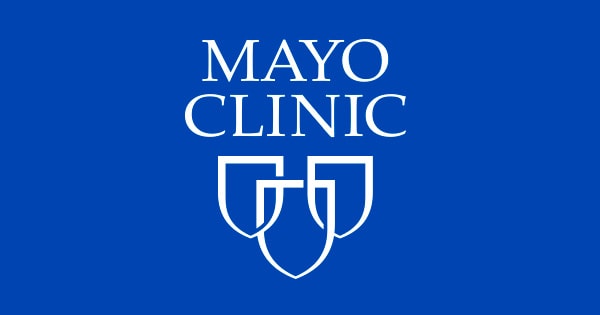Ginkgo – Mayo Clinic
Overview Ginkgo, also called Ginkgo biloba, is one of the oldest living types of trees. Most ginkgo products use extract from ginkgo’s fan-shaped leaves. Ginkgo has two main substances that are good for health. Ginkgo has flavonoids, which are antioxidants that help protect the body’s cells from damage. And it has a type of terpenoid. … Read more
